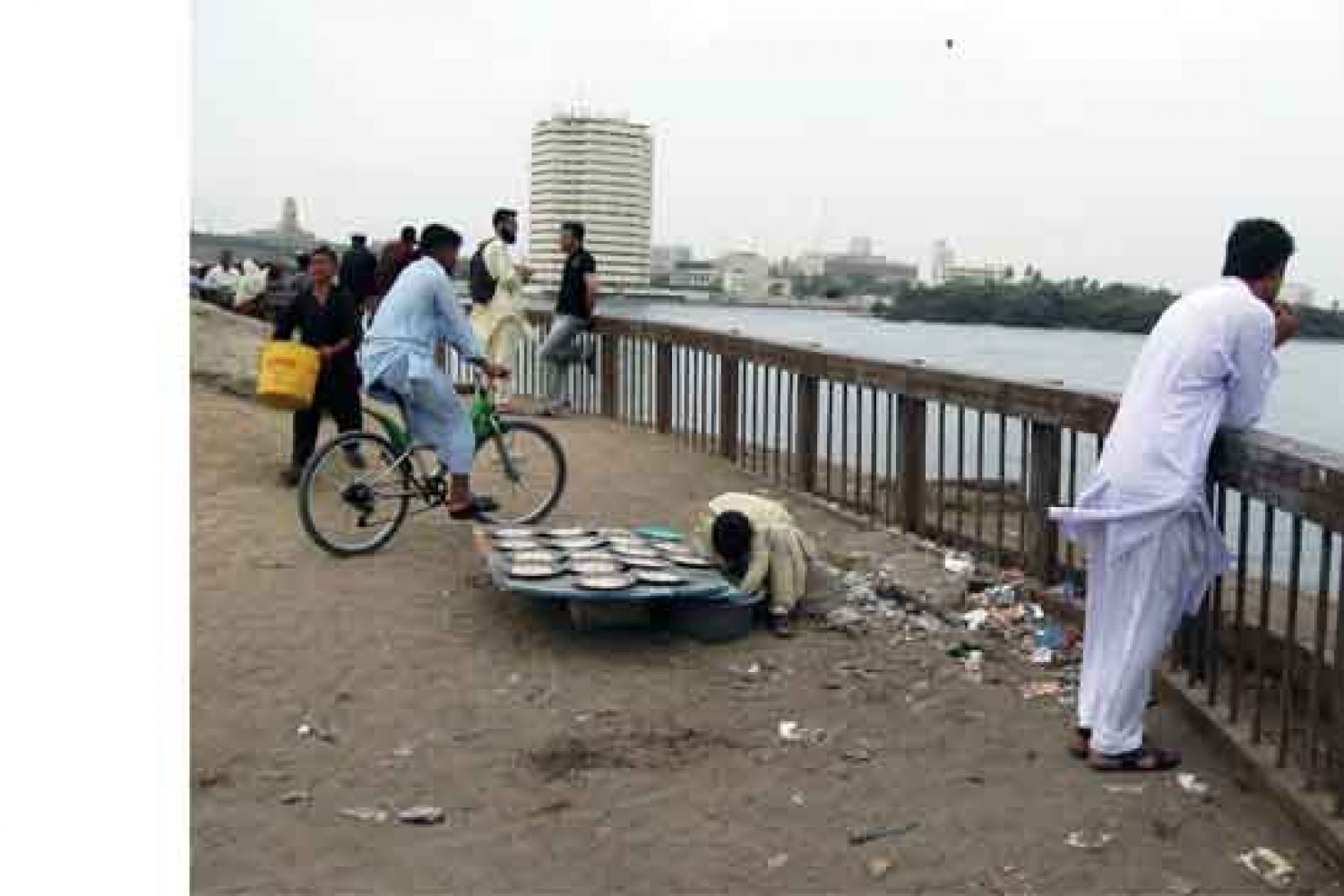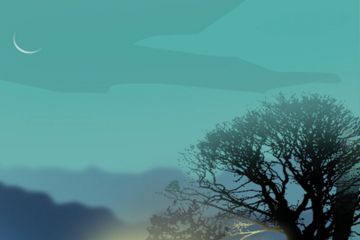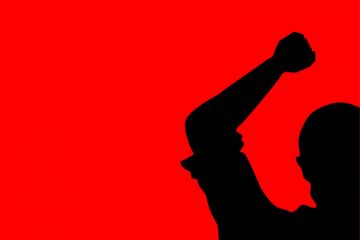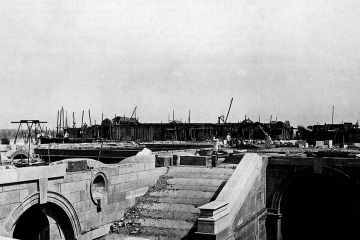
On Saturday nights, the head waiter at Xander’s Café placates people waiting to
be seated. The café doesn’t take reservations and it can take up to 20 minutes
to get a coveted table on the weekend. Surreptitiously wrapped bottles of
alcohol, procured from the city’s bootleggers, rest on some tables along with
Chanel bags. On most days, those dining appear to have been transplanted
straight out of the society pages: scions of landholding families, politicians,
models, designers and m
Continue reading “How Karachi got its groove back”
Read this story with a subscription.





